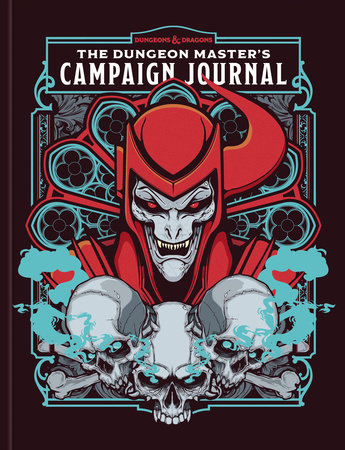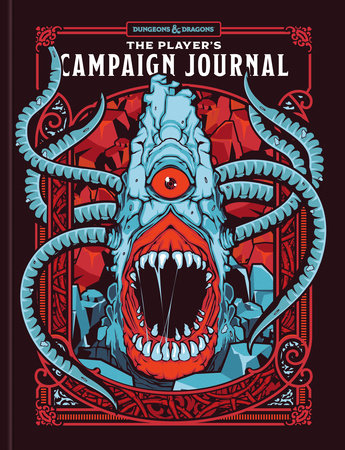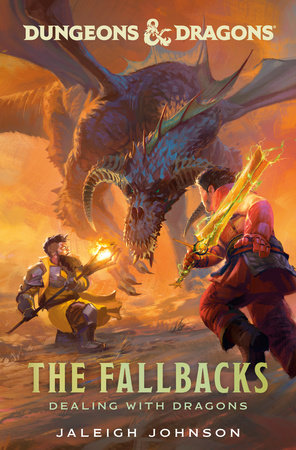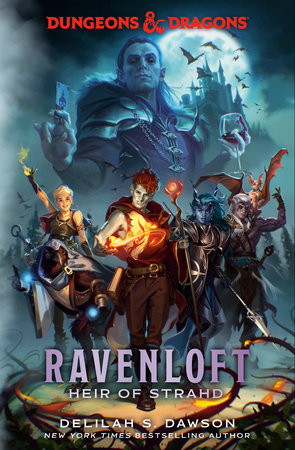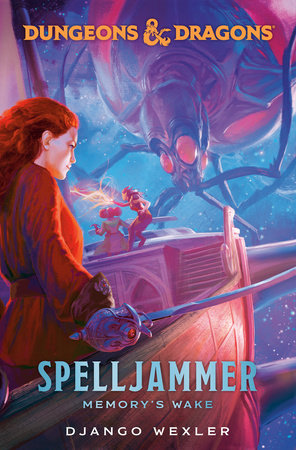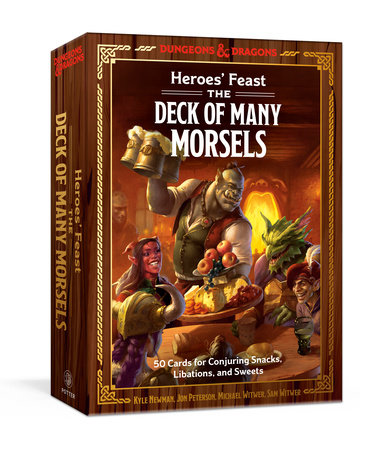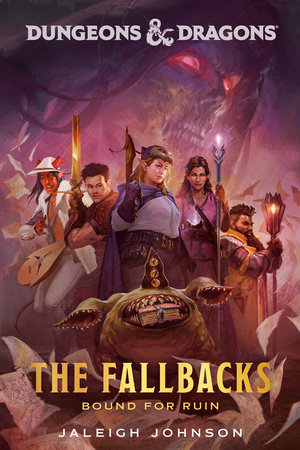Excerpt
The Art and Making of Dungeons & Dragons: Honor Among Thieves
IntroductionSince the 1970s, the game dungeons & dragons has been delighting fans with its unique blend of fantasygenre roleplay and creative storytelling. From humble beginnings, it has grown into the bestselling tabletop roleplaying game in the United States. The game has made its way into countless areas of popular culture, from books and comics to video games and toys to an animated series, and, of course, film. D&D now has millions of fans worldwide, including the co-directors and writers for the film
Dungeons & Dragons: Honor Among Thieves, Jonathan Goldstein and John Francis Daley. “John and I both [have] been longtime fans and players of dungeons & dragons the game, so when the opportunity came to us to, at first, rewrite and then direct the motion picture version of it, we were very excited,” says Goldstein. “It’s a world that allows so much potential because the game itself is so immersive and has so much creative freedom for the players. We wanted to bring the experience of playing the game onto the screen as best we could.”
“What was so fun about it was that sense of sheer freedom,” Daley recalls of the first time he played Dungeons & Dragons. “You’re only confined by the very basic rules of the game, but beyond that, you can decide to do anything you want to as a character. And I thought that there was something so liberating in that. And so, when the option to make this movie came to us, we jumped at it because it allowed for us to capture that magic that we felt playing it.”
Their own experiences playing the game meant that the filmmakers were uniquely prepared for the challenge of bringing dungeons & dragons to the big screen. “The overall appeal is taking something that people know and love, and using that as a platform to create a great story in a fantasy world that is fully realized,” states producer Jeremy Latcham. “dungeons & dragons is one of the most enduring pieces of American pop culture and being able to tell a story in that world is a real privilege. And it’s something that weighs heavily on us because we want to get it right, and we want to make sure that it’s done properly.”
The game itself is quite intricate, both in its game mechanics and in its world design. “It’s complicated,” says Latcham. “It’s full of lore and rules and different classes and cultures and all kinds of different settings, and it’s a really complex world. And so, to take that and to translate it, it’s a huge responsibility for the guys, and to take something that’s so iconic and revered and loved by so many fans around the world, it’s a really large task.”
To aid in the endeavor, the filmmakers collaborated with Wizards of the Coast, the current game publishers for dungeons & dragons. “Early in the process, we traveled up to Seattle to spend some time with the Wizards of the Coast at their offices up there,” continues Goldstein. “It was a really unique experience, because we got to hear from the horse’s mouth, if you will, what works and what they had some issues with.” “They were so helpful in bolstering some of the plot pieces that may, or may not have, fit into the lore, and making them all work in a natural way,” adds Daley.
The Wizards team was an ever-present resource to the filmmakers, making sure to answer any questions, or provide creative suggestions regarding the game’s content and intellectual property as it was applied to the film. “As we’re taking IP from the games and bringing them into new mediums, I like to say, ‘We’re not looking for accuracy, we
are looking for authenticity,’ ” explains Jeremy Jarvis, senior creative director, Wizards Franchise Development. “And so, creative liberties can be taken if it’s not that important, or it’s too much fun to pass up. And you really want to spend [time] where it is important, but finding those moments of authenticity of, like, ‘Yes. This is plausible. This feels right,’ even if you’re taking creative liberties. Because creative liberties have to be taken as you are engaging in new mediums and new expressions.”
“We’ve had a great amount of support from our friends at Wizards of the Coast, who’ve been nothing but stellar advocates for the lore, for the movie—to make sure we all do it right,” Latcham comments. “Hopefully, with all of us collaborating so closely, we create something that feels true to everybody, and can bring new fans along, and delight old fans as well.”
“I’ll be frank—I have never played DUNGEONS & DRAGONS,” executive producer Denis L. Stewart says. “I’ve never been a board game—or any sort of roleplaying game—guy, but I will tell you that Jeremy, John, and Jonathan . . . were always checking themselves with respect to the genesis of this genre. Of this force that is DUNGEONS & DRAGONS. They always paid great respect to it. And that’s the complication of writing anything comedic about something that is as near and dear to millions of peoples’ hearts. They worked really, really, really hard to respect that, but at the same time, not make something that was a trope, or that you would expect to see.”
Knowing there would be two types of audience members in the future—those who have played the game before, and those who haven’t—filmmakers had to strike a balance to ensure everyone could both understand and enjoy it. “Making a movie like this is always walking a line from a filmmaking perspective, because you have to bring in the people who don’t know much about the IP, while satisfying those who do,” Goldstein elaborates. “And that was very much in our minds every day of shooting this thing. How do we not alienate those, like my mom, who doesn’t know anything about D&D, to the hardcore fans, you know? And so, it’s really about walking that line.”
Striking that balance wasn’t the only challenge the filmmakers faced. Early in preproduction—the first phase of filmmaking before cameras start to roll—the pandemic began, greatly affecting the project’s logistics and development. “There were a lot of challenges from a physical production standpoint,” recalls Latcham. “Trying to mount a movie this big, and to launch something this iconic in [the] middle of the pandemic, is complicated in its own right. You’re talking about not getting to meet your actors [in person] until Day One [of the shoot]. You’re talking about not getting to meet your crew until after you’ve hired them and [have] been working with them for months. And so, you’re dealing with a lot of people on little, itty bitty Zoom boxes from all kinds of different time zones, and trying to piece that together and make a film in the midst of that is a challenge in its own right.”
“Throughout it all, we only lost two days of shooting due to the pandemic,” Stewart adds. “It was because we really dug in and implemented a close contact tracing system, and we were doing the testing regimen that was prescribed by the unions and the studios. When someone tested positive, we could immediately isolate them and then quickly determine and ascertain who they had been in close contact with, and it allowed us to keep our crew moving around to continue to shoot the movie. It was a lot of work and it was really hard. . . . Making movies during the pandemic is exhausting.”
“I think the pandemic certainly, it’s just a bad disease,” says Daley. “It’s really bad in every way, and even in the most trivial way of trying to make a movie. It makes everything ten times more difficult—between the rigorous and very strict testing procedures that they do, and isolating people—which is all, obviously, necessary, but also makes it really difficult to establish that familial mentality that you want to have on a set. And fortunately, we have such a great group here that we established it regardless of what we were all up against, and that made it all the more triumphant of a moment to get here.”





